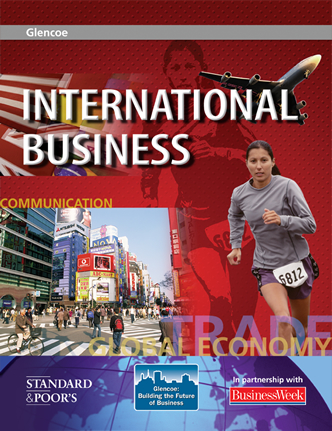1.
A) paper. B) stones. C) beads. D) all of the above. 2.
A) acceptability, scarcity, durability, divisibility, and portability B) acceptability, market value, simplicity, divisibility, and portability C) acceptability, scarcity, durability, divisibility, and stability D) acceptability, permanence, durability, divisibility, and portability 3.
A) measure of value B) scarcity C) medium of exchange D) savings mechanism 4.
A) the exchange of goods and services B) the currency used in the country of trade C) the rate at which one country's currency can be traded for another country's currency D) all of the above 5.
A) Germany. B) The European Union. C) Mexico. D) Canada. 6.
A) $333.33 B) $750.00 C) $1,500 D) $500 7.
A) balance of payments B) annual budget C) trade deficit D) balance of profits 8.
A) GDP. B) GNP. C) GOP. D) GPO. 9.
A) forward rate. B) spot rate. C) flash rate. D) rate hike. 10.
A) cash in advance B) letter of credit C) sale on account D) balance of payments





